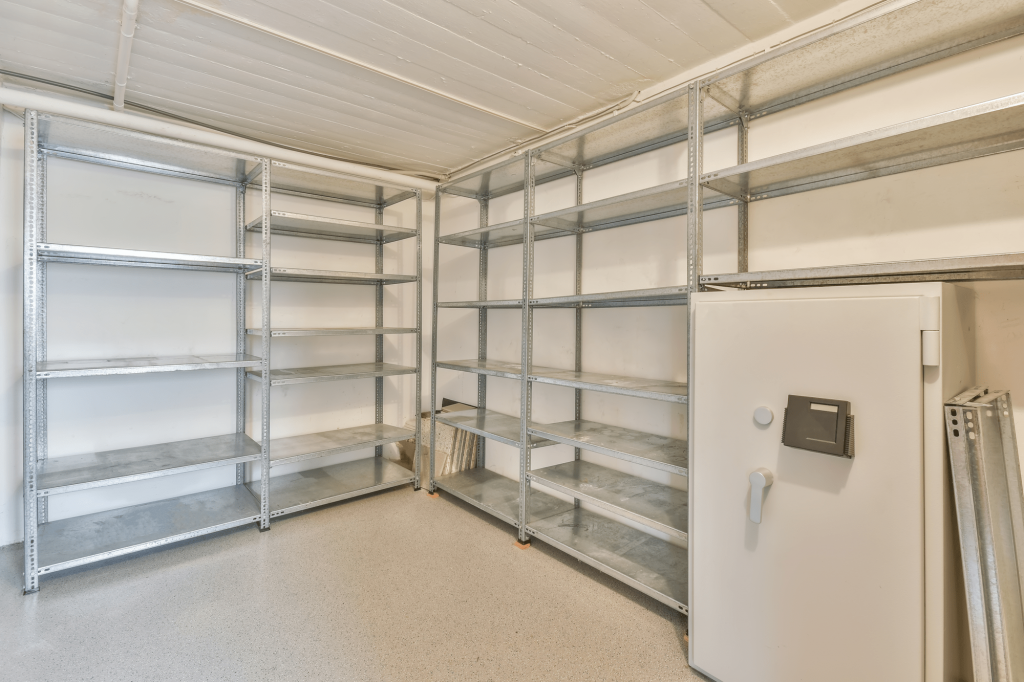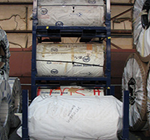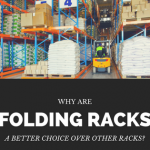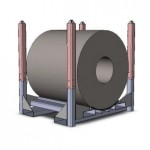How to Maximize Cold Storage Capacity
Cold storage refers to the specialized storage of perishable goods or products that require a low-temperature environment to maintain their quality, freshness and safety. It involves the use of temperature-controlled facilities, such as refrigerators, freezers and other climate-controlled rooms to keep products at a consistent and safe temperature.
Increasing cold storage capacity is important for the food and beverage industries because it helps to maintain product quality, meet customer demand, comply with regulations, reduce waste and improve efficiency. By increasing cold storage capacity, businesses can store more products for longer periods, which can lead to cost savings and increased profitability. It also enables businesses to meet the growing demand for fresh, healthy and locally-sourced foods while complying with regulations and maintaining product safety.
Maximizing cold storage capacity is crucial for businesses in the food and beverage industry. By following the best practices and strategies for maximizing cold storage capacity, businesses can ensure that their products are stored in optimal conditions, maintain the integrity of their supply chain and ultimately, succeed in the highly competitive food and beverage industry.

About The Author
Challenges in Cold Storage Capacity
Increasing cold storage capacity can present various challenges for businesses in the food and beverage industry. Here are some of the challenges they may face:
Cost: Expanding or upgrading a cold storage facility can be expensive, especially when factoring in the cost of equipment, construction and labor.
Space Constraints: Increasing cold storage capacity may require additional space, which can be difficult to acquire in urban areas where land is expensive and limited.
Temperature Control: Maintaining consistent temperature and humidity levels in a larger space can be challenging, especially in extreme weather conditions.
Energy Consumption: Expanding cold storage capacity requires more energy to maintain the required temperature, which can result in higher energy bills.
Equipment Maintenance: With more equipment and systems to maintain, there may be a need for additional resources to ensure that the cold storage facility operates efficiently and effectively.
Regulatory Compliance: Regulations surrounding the handling and storage of food products are strict and complex, and increasing cold storage capacity may require compliance with additional regulations.
Staffing: Increasing cold storage capacity may require additional staff to operate and maintain the facility, which can be difficult to find in areas with low unemployment rates.
Best Practices to Maximize Cold Storage Capacity
Space Utilization: Utilize available space in the cold storage facility effectively. Use tall racks and shelving systems to maximize vertical space and consider using mobile racks to increase storage density.
Implement a first-in, first-out (FIFO) System: Implementing a FIFO system ensures that products are rotated and used before they expire, reducing the risk of waste and spoilage.
Sort Products by Temperature Requirements: Sort products by their temperature requirements and store them in the appropriate temperature zone, allowing businesses to make the most of the available space while maintaining product quality and safety.
Use Energy-efficient Systems: Use energy-efficient lighting and temperature control systems, such as LED lighting and efficient refrigeration units. This can help reduce energy costs and environmental impact while maintaining product quality and safety.
Maintenance and Cleaning: Regular maintenance and cleaning of the cold storage facility & equipment helps reduce downtime and maintain the safety and quality of the products.
Staff Training: Train staff on best practices for cold storage management, including proper handling and storage techniques, as well as safe operation of equipment. This can help reduce the risk of accidents or product damage, ensuring the safety & quality of products.
Racks to Maximize Cold Storage Capacity
The use of racks in cold storage facilities can greatly help in optimizing available space and increasing storage capacity. However, it’s important to follow best practices to ensure that the racks are used effectively. One of the key practices is to optimize vertical space by using tall racks, which can store more products without taking up additional floor space. Using specialized racks designed specifically for cold storage environments, such as pallet flow racks or push-back racks, can also help optimize storage capacity while maintaining proper temperature control.
Organizing products efficiently, ensuring proper ventilation, and conducting regular maintenance and cleaning of racks are other important best practices to maximize cold storage capacity. By following these practices, businesses can improve efficiency, reduce waste and energy costs and ensure the safety and quality of their products.











